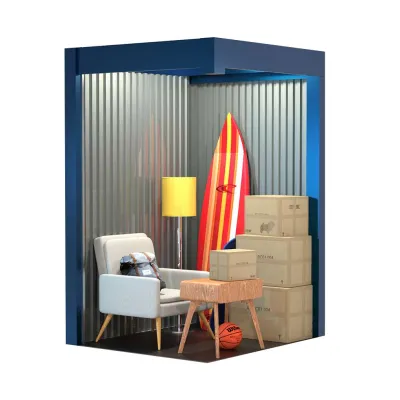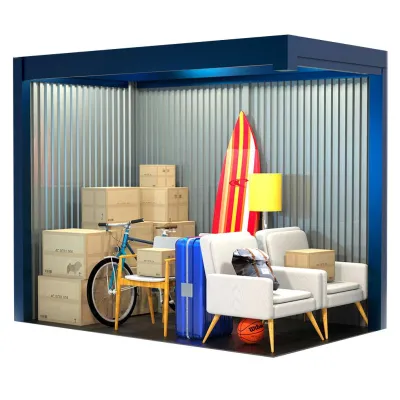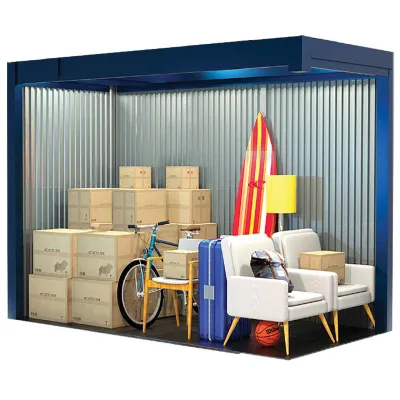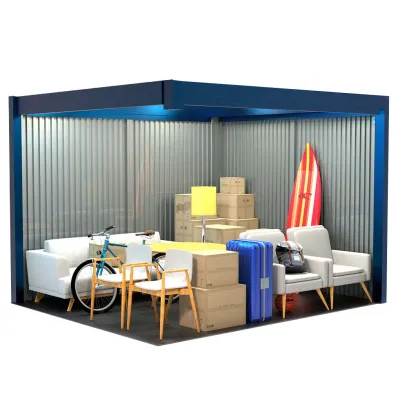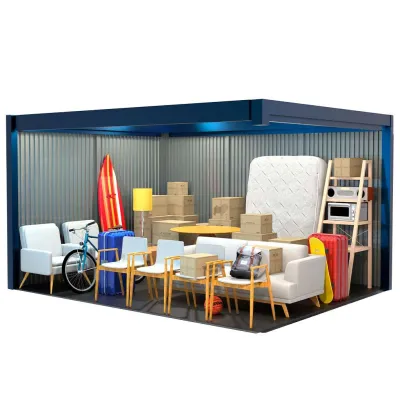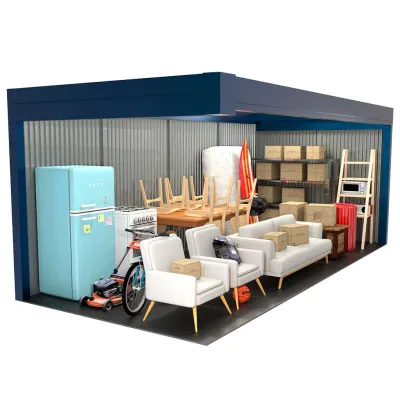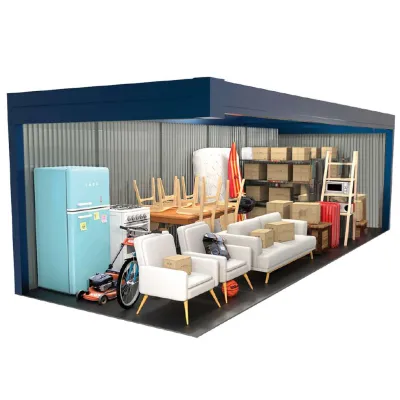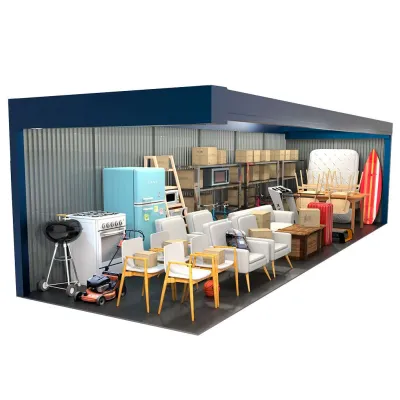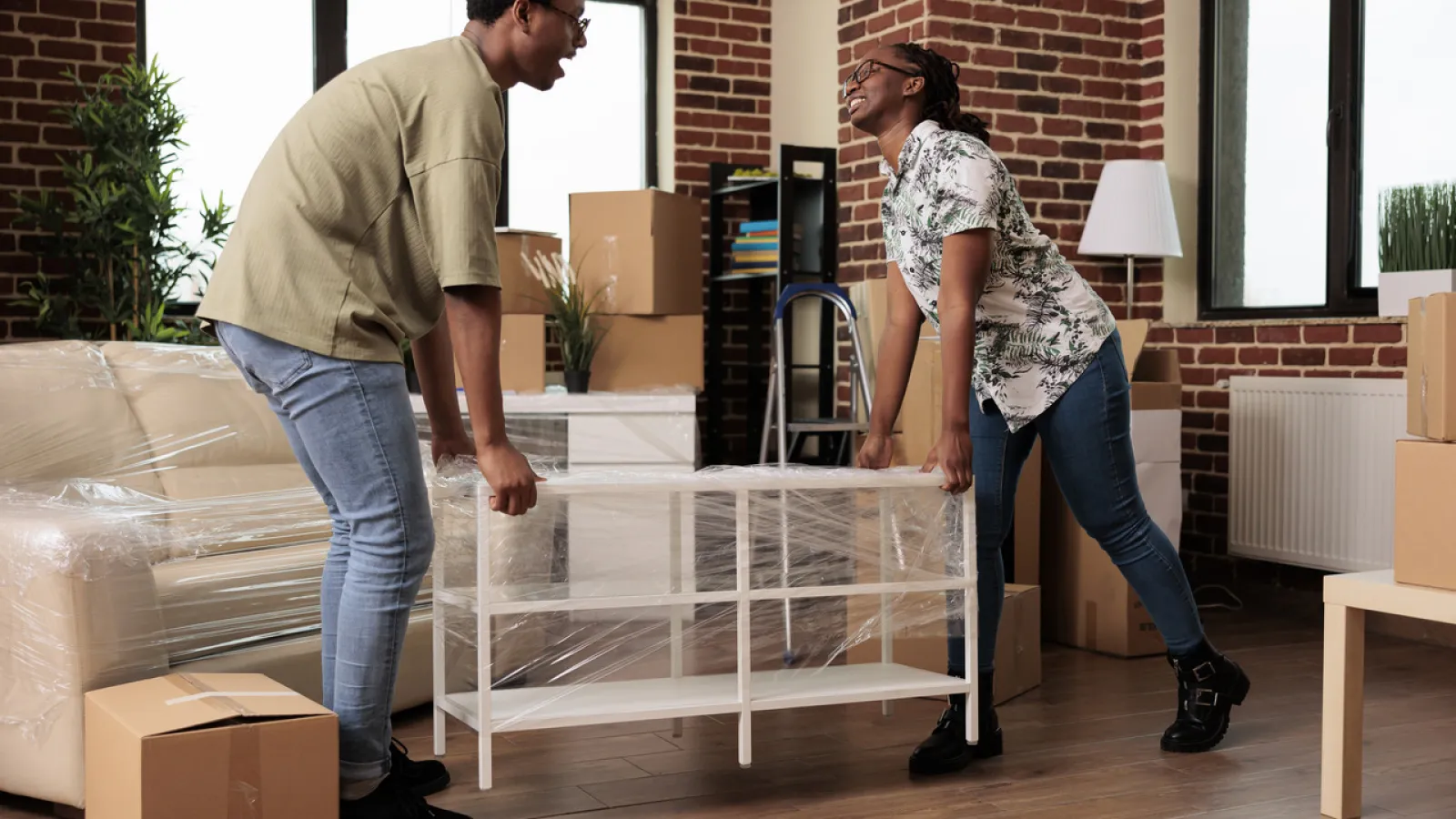
Complete Guide to Moving Furniture into Storage
Furniture is easily the toughest part of any move. Do you call on your neighbors to help you muscle that sectional couch onto a moving truck? And what about grandma's baby grand piano (that nobody really plays but you can't help but hold on to)?
If you're getting ready for a move and you're worried about transporting furniture, keeping it in storage, and eventually moving it out of storage again, this guide is for you.
Choosing the Right Storage Unit
Before you dive into the moving process, take a moment to consider the perfect storage unit for your needs. Here's a checklist to help you decide:
Climate control: If you're planning to store items sensitive to temperature and humidity changes, like wooden or upholstered furniture, a climate-controlled unit is your best bet. These units provide a stable environment to prevent any potential damage from extreme conditions.
Convenience: Consider the convenience of drive-up access. It can make your life a whole lot easier when loading and unloading heavy furniture.
Size: Ensure your storage unit is spacious enough to comfortably house all your furniture without overcrowding.
Security: Look for a facility with advanced security features, such as surveillance cameras and key-code entry gates, to keep your furniture safe while in storage.
Cleaning & Disassembly
Now, before transporting your furniture, let's give it some TLC. Start by vacuuming fabric furniture to eliminate dust and dirt. If you spot any stubborn stains, use a suitable fabric cleaner to tackle them.
When it comes to leather, treat leather surfaces with a dedicated cleaner and conditioner to keep them supple and looking their best. For wooden pieces, gently dust and polish them. If you have bulkier wooden items, consider disassembling them to make transportation and storage more manageable.
Protection & Packaging
Don't assume that your furniture will just stay in place during transport—its weight won't prevent it from toppling sideways or sliding around and getting damaged. To prepare for transporting furniture, do the following:
Wrap it up: Shield your furniture in protective materials such as bubble wrap, furniture blankets, or plastic covers. This step is crucial to prevent any unfortunate scratches, dings, or damage during transit and storage.
Floor care: Don't forget to protect your floors as well. Utilize furniture sliders or pads to ensure your floors remain pristine while you move those hefty items.
Choosing a Vehicle & Transport Method
Time to hit the road with your well-prepared furniture. Here's what you should consider:
Find the right ride: Rent a moving truck or van that can accommodate your furniture. Some companies may give you an estimate based on your description of pieces or will come to take a look at what you have.
Secure the load: Once your furniture is loaded, secure the load with straps or bungee cords to prevent any shifting during transit.
Drive carefully: Take it slow and steady to ensure your furniture arrives at its destination in excellent condition.
Unloading Methods
You've made it—the last step in transporting furniture! Getting your furniture into the storage unit can be a puzzle, but we've got the pieces you need. Follow these steps:
Start with the big stuff: Unload your largest and heaviest items first.
Tetris skills: When arranging your furniture within the storage unit, think of it like a game of Tetris. Strategically place your furniture to make the most of your storage space.
Handy tools: Utilize dollies or hand trucks for smooth moves and stack items carefully to avoid any mishaps.
Ongoing Maintenance Until Moving Furniture Out
While your furniture may be out of sight, out of mind, you'll want to still keep an eye on it.
Check-in from time to time: Make periodic visits to your storage unit to ensure your furniture is in good order.
Maintain wood pieces: If you've got wooden furniture, keep an eye out for warping or cracking, especially if you've chosen a non-climate-controlled unit.
Organize, organize, organize: Maintain a neat and tidy storage unit by organizing your items. This will make retrieving your furniture a breeze when the time comes.
Store Your Furniture With Midgard Self Storage
We hope this detailed guide has made your upcoming move feel less daunting! If you have questions or need storage solutions, remember that Midgard Self Storage is here to help.
Get in touch with us today, and let's make your storage unit experience as smooth as possible. Your furniture deserves the best care, and we're here to provide it!

